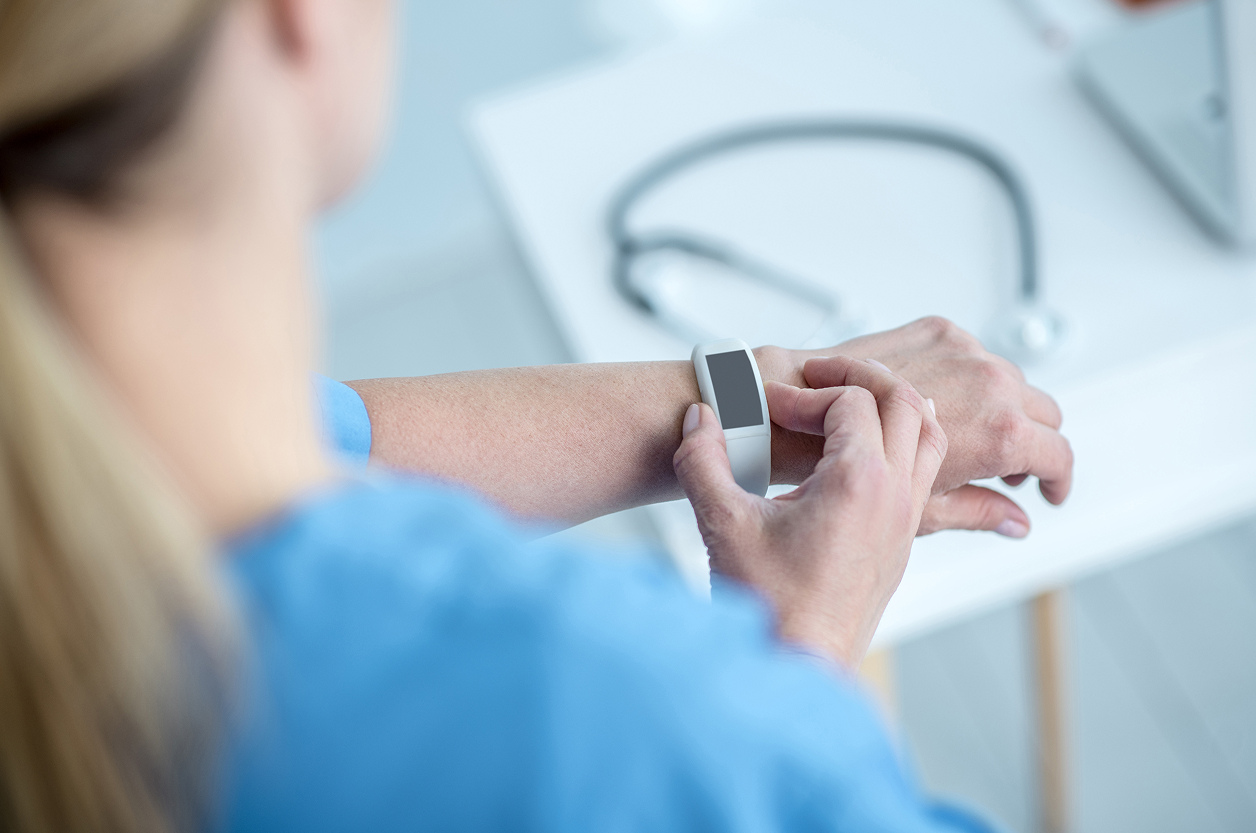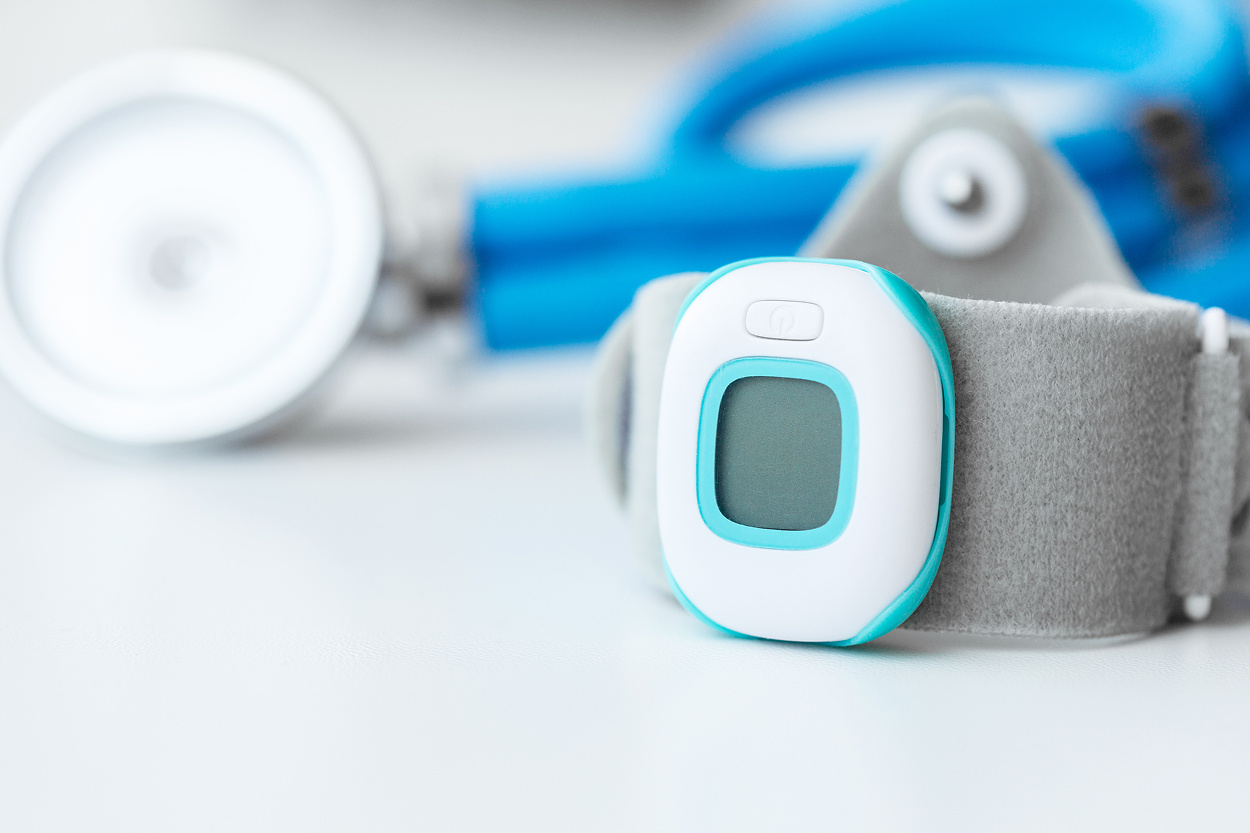Design Trends in Wearable Medical Devices: What’s Coming in 2026

Introduction: Wearables Enter the Clinical Mainstream
What began as fitness bands and step counters has evolved into a multi-billion-dollar medtech segment. Wearable medical devices are now used for continuous health monitoring, post-surgical recovery, chronic disease management, and clinical diagnostics.
As we approach 2026, the convergence of biomedical innovation, embedded AI, energy harvesting, and regulatory modernization is reshaping how wearable health technologies are designed.
This article explores the most important trends in the design of wearable medical devices — with a focus on hardware, firmware, compliance, and patient experience.
1. AI at the Edge: Smarter Health Monitoring Without the Cloud
What’s changing:
Wearables are shifting from simple data loggers to intelligent diagnostic platforms capable of analyzing data locally in real time.
Key features:
- On-device signal processing (PPG, ECG, EMG, EEG)
- AI models for arrhythmia detection, sleep staging, or fall detection
- Noise reduction, artifact removal, and adaptive sampling
Technology drivers:
- Low-power neural accelerators (e.g., NXP i.MX RT1170, Renesas RZ/V)
- Frameworks like TensorFlow Lite Micro, Edge Impulse
- Pre-certified AI pipelines (FDA-cleared models for specific use cases)
Impact:
- Faster alerts for critical health events
- Lower bandwidth and privacy risks by avoiding cloud streaming
- Better battery life through selective processing
2. Medical-Grade Materials and Biocompatible Design
Trend:
Consumer-grade plastics and elastomers are being replaced with ISO 10993-compliant materials, stretchable electronics, and skin-safe adhesives.
What matters:
- Long-term skin contact safety
- Waterproofing and breathable design
- Flexible substrates for conformal contact (e.g., e-skin patches)
Examples:
- Hydrogel-based electrodes for ECG/EMG
- Silicone encapsulated PCBs with biocompatible coatings
- IME (In-Mold Electronics) for low-profile, waterproof enclosures
Medical-grade design is no longer optional — it's a core design constraint for Class II wearables.
3. Ultralow-Power Architecture and Energy Harvesting
Problem:
Battery size is limited, but wearables require continuous sensing, processing, and wireless communication.
Solutions:
- Subthreshold voltage operation (e.g., Ambiq Apollo4)
- Event-driven sensor hubs (Bosch BHI260AP, ST LSM6DSV)
- BLE 5.3 with periodic advertising and low-duty cycles
- Wireless charging and thermoelectric harvesting
Design targets:
- 7+ days of continuous operation on a small LiPo
- Fast recharge cycles (<1 hour)
- Zero-button user experience (wake-on-wear, magnetic docking)
In 2026, expect wearables to optimize power per function, not just total power.
4. Secure-by-Design Firmware and Regulatory-Ready Architecture
Regulatory evolution:
With the rollout of the EU MDR, U.S. Cybersecurity Executive Order, and FDA guidance on software as a medical device (SaMD), security and traceability are front and center.
Key architecture choices:
- Secure boot + encrypted OTA firmware updates
- Hardware root of trust + key storage (e.g., NXP EdgeLock, ARM PSA)
- Audit logging + anomaly detection in RTOS environments
Required certifications:
- IEC 60601 (electrical safety)
- IEC 62304 (medical software lifecycle)
- ISO 13485 (design & quality systems)
Firmware stacks are increasingly built to be audit-friendly and update-ready — from day one.
5. Interoperability and Data Connectivity
What’s new:
Patients, doctors, and healthcare platforms demand seamless data access across devices and ecosystems.
Tech adoption:
- Matter + BLE for secure, low-energy sync to phones/hubs
- FHIR (Fast Healthcare Interoperability Resources) APIs for EHR integration
- Bluetooth Health Device Profile (HDP) and GATT specs for vitals
Design implications:
- Companion apps must meet HIPAA/GDPR standards
- Offline + store-and-forward sync must work reliably
- Data must be timestamped, signed, and tamper-evident
2026 wearables will be secure, interoperable nodes in broader digital health systems.
6. UX-Centered Industrial Design and Personalization
Beyond specs:
Design success depends not just on performance — but on comfort, compliance, and aesthetics.
Trends in 2026:
- Modular enclosures (bracelet to patch to pendant)
- Haptic feedback for real-time alerts
- Skin tone–matching materials and invisible sensors
AI-driven personalization:
- Adaptive algorithms that calibrate to individual physiology
- Custom alert thresholds and medication reminders
- Emotion and stress detection from multimodal signals
Human factors are driving a new UX standard in clinical wearables.
7. Digital Therapeutics and Closed-Loop Systems
What’s emerging:
Wearables are shifting from passive trackers to active interventions.
Key examples:
- Glucose monitors paired with insulin pumps (CGM + closed-loop insulin delivery)
- Neuromodulation wearables that trigger via EEG signals
- TENS therapy controlled via machine learning models
Designing for this means:
- Ultra-low-latency control loops
- Dual safety paths and redundant monitoring
- FDA SaMD or combination product approval readiness
The line between wearable diagnostic and therapeutic is blurring.

Feature Comparison Table (2026)
| Trend Area | Key Technologies | Impact on Design |
| Edge AI | NPU MCUs, TensorFlow Lite, Edge Impulse | Reduced latency, local analytics |
| Biocompatible Materials | ISO 10993 silicones, e-skin, IME | Comfort, durability, medical compliance |
| Low Power & Energy | BLE 5.3, subthreshold MCUs, BMS chips | Extended battery life, miniaturization |
| Security & Compliance | OTA, FIPS crypto, RTOS logging | Regulation-ready firmware from day one |
| Interoperability | Matter, FHIR, BLE HDP | Seamless EHR sync and app integration |
| UX & Personalization | Haptics, tone-matched shells, AI UX | Better adherence and engagement |
| Digital Therapeutics | Closed-loop control, sensor fusion | Proactive treatment, faster approvals |
8. Market Dynamics and Strategic Considerations for 2026
The global market for wearable medical devices is projected to exceed USD 60 billion by 2026, driven by aging populations, rising chronic diseases, and increased telehealth adoption.
Key market trends:
- Reimbursement Expansion: Insurers and public health systems increasingly reimburse for wearables used in remote patient monitoring (RPM), diabetes care, and cardiac diagnostics.
- B2B2C Models: OEMs design wearables for deployment by health providers, fitness platforms, and insurance companies — not just direct-to-consumer.
- Subscription Models: Devices are bundled with cloud analytics, app access, and AI services as part of monthly digital health plans.
Strategic design takeaways:
- Build modular hardware to support multiple clinical indications with firmware changes
- Design for scalability and remote provisioning — especially for clinical trials and home diagnostics
- Prioritize cybersecurity certifications and transparent data handling to build trust with providers
Understanding not only the tech trends, but also the economic forces shaping this industry, will ensure success for new product launches in 2026 and beyond.
Final Thoughts: From Medical Device to Medical Companion
Wearable medical devices in 2026 will go far beyond tracking steps or heart rate — they’ll become intelligent companions that monitor, analyze, and even intervene in real time.
For OEMs and medtech startups, the future demands:
- Cross-functional design (biotech + embedded + UX)
- Certification-aligned development workflows
- Modularity for form factor and platform reuse
Promwad helps medical device companies architect and develop next-gen wearables — from sensor fusion to firmware to certified production.
Let’s build the wearable healthcare future — together.
Our Case Studies in MedTech







